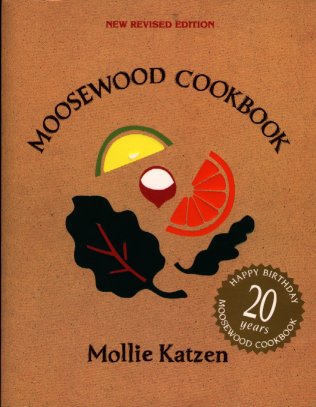In my experience as a birth doula and childbirth educator, I have observed something, known to those in our profession, as the "Waterfall Effect." It's kind of like when you set out on a journey, and you expect a beautiful trip. You are sailing along and you think everything will go smoothly, when things start to take a turn in a direction you hadn't really wanted to go. And the more you start paddling, trying to correct your direction, the more you start drifting toward the place that takes you over the waterfalls, plunging you into the depths below.
Here's how it typically starts.
Let's say you are a week past your due date.
So your doctor says, " I think your baby is too big to wait any longer. Besides, the longer we wait, the higher the risk for stillbirth."
So he says, "Let's induce you tomorrow morning." And because you trust your doctor, and are afraid, you say. "O.K"
So you arrive at the hospital and they start an IV, and tell you that you can't eat.
Then they hook you up to an external monitor and break your water and start you on pitocin.
You want to move around, and get in the tub like you learned in childbirth class, but you are confined to the bed, because when they broke your water, the baby's heart rate went down a little.
They tell you that they want to" watch and wait a little while" and keep you in the bed.
The heart rate looks better in the monitor but you aren't having many contractions so they "up" the pitocin.
Three hours later, you are having a few regular contractions but they are not strong enough to change your cervix, even though they are really hurting because you can't move around. And you are getting a headache from not eating, and because your head is hurting and the contractions are hurting, it is making you nauseated, and so you throw up. Three times. And so they give you some phenergan and it makes you woozy and sleepy but at least you aren't nauseated anymore. But the contractions still hurt. A lot.
So then they say to you," Let's just give you a walking epidural". You hadn't wanted an epidural at all, but these pitocin contractions feel so terrible and your head is hurting from not eating and you just want to do anything to feel better. And you say "OK".
All the while you are thinking "This isn't the way I wanted it to be, but what was I thinking? I must have been crazy to think I could have done this without drugs."
So the anesthesiologist walks in and you say, "Man, am I glad to see you !" and he says "That's what everybody says!" and he gets busy putting the medicine through the catheter into your back.
When he finishes, you lie back down and he leaves the room, promising you that you will feel better very soon. And he was right......except your labor stops completely ! And you still have a headache and now you have the shakes and you are still only 4 cm. You know this because they just put in an internal monitor.
So the nurse comes in and ups your pitocin again. But you can't feel it and you are glad.
Another 8 hours goes by and you doze on and off except for the occasional vaginal exam and the blood pressure cuff squeezing your arm wakes you up often enough that you never really rest.
And they come in an check again and announce that you are only 8cm. And then they say, "While you were dozing, we noticed that the baby's heart rate patterns were not assuring. So we have gone ahead and prepped the OR for a cesarean. We are going to watch you carefully, but if you don't make really good progress within the next hour, we are going to do a cesarean".
And you don't, and they do.
And you have complications, including excessive bleeding, and an allergic reaction to one of the antibiotics.
Your baby is fine with good strong apgars, in spite of what the heart rate monitors indicated.
But you feel too sick to interact with your baby or try to nurse him.
So the hospital gives him formula for his first feeding.....and his second and his third.
So you feel horrible, physically and emotionally and you cry.
And when you finally get to put your precious baby to your breast, he won't latch on.
And your milk isn't coming in well. And you are afraid that it never will.
And for many months afterward you second guess your insticts about everything when it comes to mothering your baby. You feel sad, alone, confused and defeated, but you don't know why.
Please don't let the waterfall carry you away and plunge you into the depths of depression. There is help for you. Many, many women have been swept away by the Waterfall Effect and have found their way home again.











 WIC stands for Women, Infants, and Children and is also called the Special Supplemental Nutrition Program. WIC is a federal program designed to provide food to low-income pregnant, postpartum and breastfeeding women, infants and children until the age of five. The program provides a combination of
WIC stands for Women, Infants, and Children and is also called the Special Supplemental Nutrition Program. WIC is a federal program designed to provide food to low-income pregnant, postpartum and breastfeeding women, infants and children until the age of five. The program provides a combination of 
















